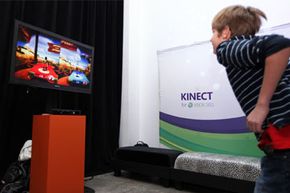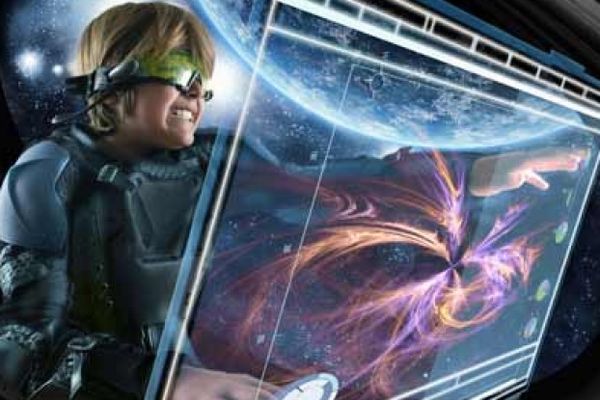Starships! Warp drive! Teleportation! "Star Trek" has given real scientists more futuristic technologies to strive for than any other piece of science fiction, but there's one that perfectly embodies the anything-is-possible optimism of the franchise's technology. The holodeck, introduced in "Star Trek: The Next Generation," is the ultimate tool for experiencing any time and place with utter realism and immersion. The holodeck represents the movies and literature brought to life, and ever since "Star Trek" writers dreamed it up, we've been pining for virtual reality technology to catch up with the 24th century.
We're not quite there yet -- no surprise, right? On the bright side, virtual reality has come a long, long way since early efforts in the 1980s. Back then, computers and video game consoles were barely powerful enough to create crude 3-D graphics. We wanted video games to be like Flynn's experience inside "Tron," but we never quite got there. The holodeck gave us an even loftier goal to shoot for, and video games have been key in pushing graphics technology forward for the past three decades. Today, we've got 3-D TVs and Microsoft's Kinect, which uses a depth sensor to pick up gamers' movements.
Advertisement
Could holograms be just around the corner?
Well, not quite. While Kinect uses some pretty amazing technology that's bound to get even better in the future, that technology has nothing to do with actually projecting images. 3-D televisions haven't become the next big thing like TV manufacturers hoped, making the much more complex prospect of a holographic television unlikely.
But don't give up on the holodeck dream just yet. Even if cool holographic games are years and years away, some of today's patents and technologies prove that we're headed in the right direction. With luck, we may even get there before the 24th century.
Advertisement



